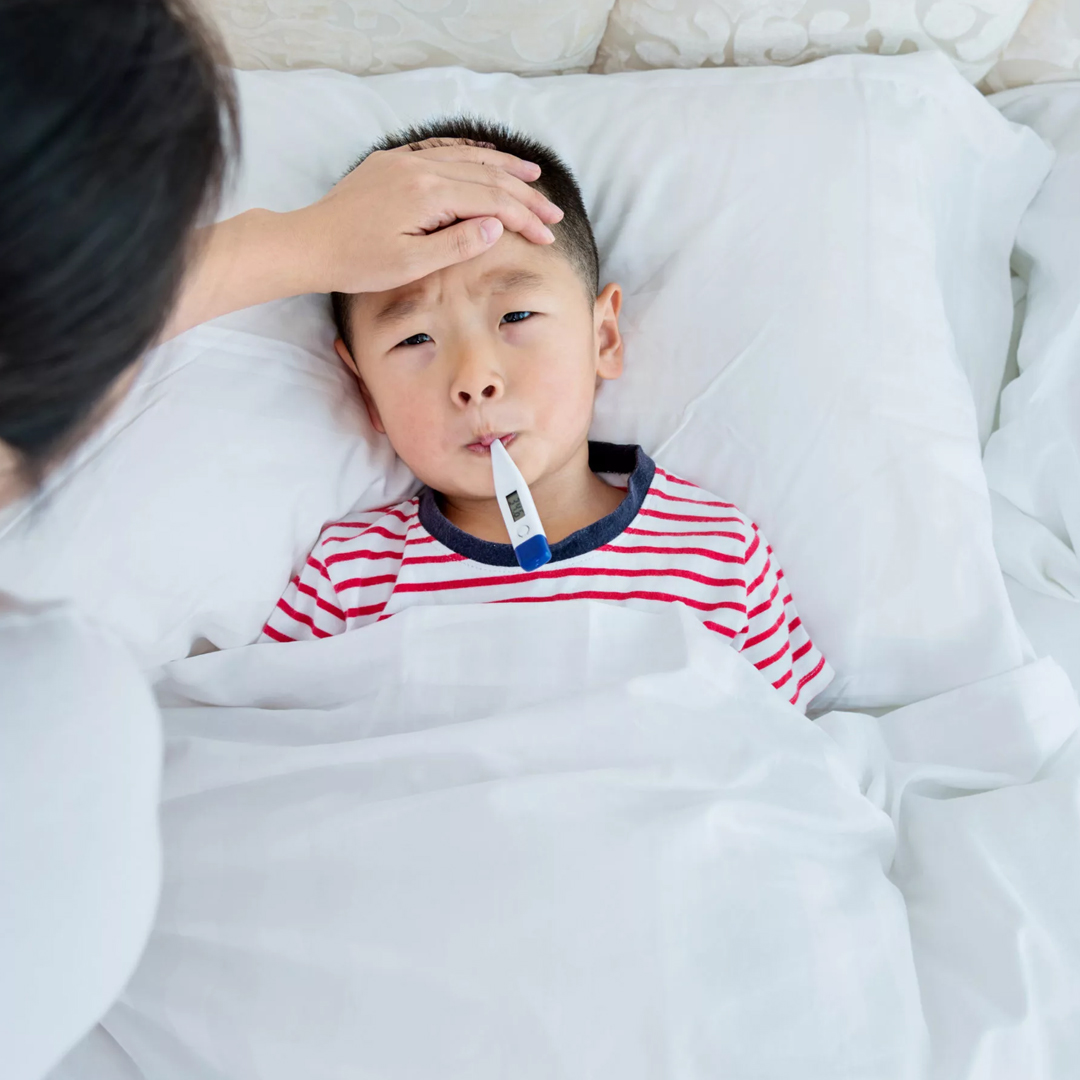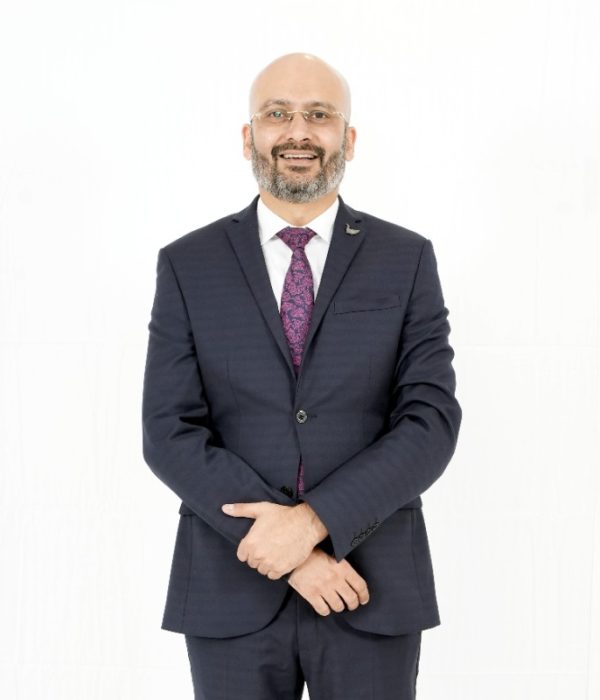Febrile Seizures
Febrile Seizures: Shall I Work?
Febrile seizures are convulsions that occur in a child who is between six months and five years of age and has a temperature greater than 100.4oF (38oC). The majority of febrile seizures occur in children between 12 and 18 months of age. Febrile seizures occur in 2 to 4 percent of children younger than five years old. They can be frightening to watch, but do not cause brain damage or affect intelligence. Having a febrile seizure does not mean that a child has epilepsy; epilepsy is defined as having two or more seizures without fever present.
Causes of febrile seizures
Infection — Febrile seizures can occur as a result of the fever that accompanies bacterial or viral infections, especially human herpesvirus-6 (also called roseola or sixth disease).
Immunizations — Fever can occur as a side effect of certain vaccines, particularly after measles mumps rubella (MMR) vaccination. The fever typically occurs 8 to 14 days after the injection.
Risk factors — A family history of febrile seizures increases a child’s risk of febrile seizures.
Febrile seizure symptoms
Febrile seizures usually occur on the first day of illness, and in some cases, the seizure is the first clue that the child is ill. Most seizures occur when the temperature is higher than 102.2oF (39oC). The table describes how to take a child’s temperature (table 1).
Febrile seizures are classified as being simple or complex.
Simple — Simple febrile seizures are the most common. Typically, the child loses consciousness and has a convulsion or rhythmic twitching of the arms or legs. Most seizures do not last more than one to two minutes, although they can last up to 15 minutes. After the seizure, the child may be confused or sleepy, but does not have arm or leg weakness.
Complex — Complex febrile seizures are less common and can last more than 15 minutes (or 30 minutes if in a series). The child may have temporary weakness of an arm or a leg after the seizure.
Febrile seizure evaluation and treatment
A child who has a febrile seizure should be seen by a health professional as soon as possible (in an emergency department or medical clinic) to determine the cause of the fever. Some children, particularly those less than 12 months of age, may require testing to ensure that the fever is not related to meningitis, a serious infection of the lining of the brain.
The best test for meningitis is a lumbar puncture (also known as a spinal tap), which involves inserting a needle into the low back to remove a small amount of fluid (cerebrospinal fluid or CSF) from around the spinal cord. Other tests may also be recommended.
Treatment for prolonged seizures usually involves giving an antiseizure medication and monitoring the child’s heart rate, blood pressure, and breathing. If the seizure stops on its own, antiseizure medication is not required. After a simple febrile seizure, most children do not need to stay in the hospital unless the seizure was caused by a serious infection requiring treatment in the hospital.
After the seizure has stopped, treatment for the fever is started, usually by giving oral or rectal acetaminophen or ibuprofen and sometimes by sponging with room temperature (not cold) water.
Recurrent febrile seizure
Children who have a febrile seizure are at risk for having another febrile seizure; this occurs in approximately 30 to 35 percent of cases. Recurrent febrile seizures do not necessarily occur at the same temperature as the first episode, and do not occur every time the child has a fever. Most recurrences happen within one year of the initial seizure and almost all happen within two years.
The risk of recurrent febrile seizures is higher for children who:
Are young (less than 15 months)
Have frequent fevers
Have a parent or sibling who had febrile seizures or epilepsy Have a short time between the onset of fever and the seizure Had a low degree of fever before their seizure
Home treatment — Parents who witness their child’s febrile seizure should take a number of steps to prevent the child from harming him or herself. Place the child on their side but do not try to stop their movement or convulsions. Do not put anything in the child’s mouth. Keep an eye on a clock or watch. Seizures that last for more than five minutes require immediate treatment. One parent should stay with the child while another parent calls for emergency medical assistance, available by dialing 911 in most areas of the United States.
Parents of a child who is at risk of having a recurrent febrile seizure can be taught to give treatment at home for seizures that last longer than five minutes. Treatment usually involves giving one dose of diazepam gel (Diastat®) into the rectum. One dose is generally all that is required to stop a seizure.
Preventive treatment — In most cases, treatment to prevent future seizures is not recommended; the risks and potential side effects of daily antiseizure medications outweigh their benefit. In addition, giving medication (eg, acetaminophen or ibuprofen) to prevent fever is not recommended in a child without fever (eg, if the child has a cold but no fever) because it does not appear to reduce the risk of future febrile seizures.
Treatment for fever (temperature greater than 100.4oF or 38oC) is acceptable but not always required; parents should speak with their health professional for help in deciding when to treat a child’s fever. A detailed discussion of fever in children is available separately.









